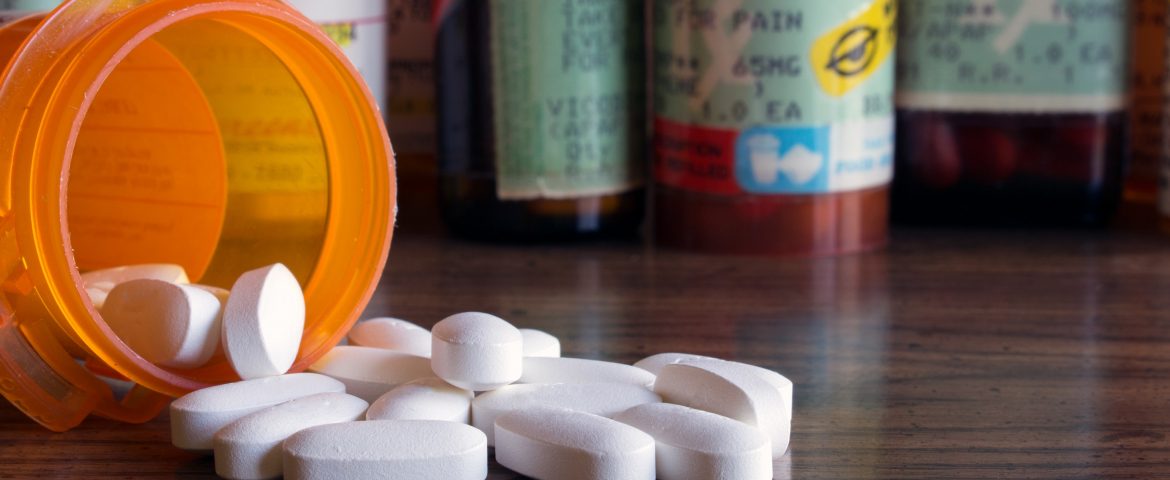Prescriptions and medical supplies can be some of the biggest holes in your wallet when it comes to health spending. But with a little planning and knowledge, there are ways you can save money on these expenses.
Prescription medication savings.
When it comes to your medications, the following tips can help steer you in the right spending direction:
- Take the bundling approach by integrating your pharmacy and medical benefits. You can also use flexible spending account (FSA) or health savings account (HSA) money to help pay for over-the-counter medications.
- Ask your doctor if you can use generic drugs instead of brand-name drugs. Or, next time you drop off a prescription, ask the pharmacist if the generic is available. Keep in mind there can also be price variances between different generic brands.
- If your prescription isn’t available as a generic, try contacting the drug manufacturer to ask about rebates, coupons or other discounts.
- If you’re on a daily medication, using a home delivery service can help you save. Often, you can get a three-month supply shipped for only two co-payments, and you’ll save trips to the pharmacy as well.
- Taking several medications can often be costly. Consult your pharmacist to get a review of how much you’re actually spending on these prescriptions. And check with your health plan to see if they have any programs to help you manage multiple medications. For example, Priority Health offers Medication Therapy Management (MTM) prescription reviews at no costs to members. During this review, members work with a pharmacist to get the best results from medications while keeping out-of-pocket costs down.
- Ask your health insurance provider if they have any cost transparency tools to help you plan for the cost of your prescriptions. Many insurers provide both physical and virtual options. For instance, Cost Estimator from Priority Health will tell you the price you’ll pay for your medication, if you’re eligible for a 30- or 90-day supply and whether or not there is a cheaper alternative all according to your plan.
Medical supplies savings.
Medical supplies can be just as pricey as prescriptions, especially for Medicare patients—but that shouldn’t stop you from finding some smart savings.
If you’re enrolled in Medicare, you should definitely familiarize yourself with the term Durable Medical Equipment, or DME. DME is a component of Medicare Part B, and can help cover the cost of medically necessary equipment. This includes, but is not limited to:
- Blood sugar monitors and test strips
- Canes
- Crutches
- Hospital beds
- Oxygen equipment and accessories
- Wheelchairs and scooters
Diabetic supplies, such as insulin pumps and glucose testing kits, are often a financial concern for those who are living with Diabetes. Fortunately, if you’re a Medicare member that utilizes DME, there is no cost for these supplies.
It’s important to check your options as well. Sometimes you can get the same supplies you need to manage your condition from a pharmacist or DME supplier. Comparing copays can also help you get the best value. In some cases, DMEs can actually be cheaper. Many plans also have “preferred suppliers” that will charge you less. More information on DMEs, along with a list of suppliers in your area, can be found on the official Medicare website.
Finally, be sure to check with your health insurance plan provider, since many Medicare plans are including a set allowance each year for the over-the-counter supplies like pain relievers and cold medicine. And remember that you can also use flexible spending account (FSA) or health savings account (HSA) money to help pay for any over-the-counter medications.
By following these tips, you can save some money on the cost of your prescriptions and medical supplies to stay healthy without breaking your budget.


